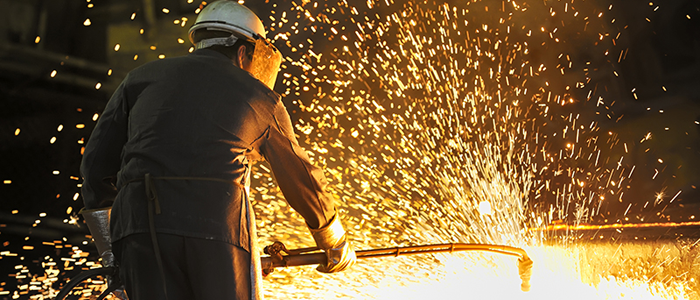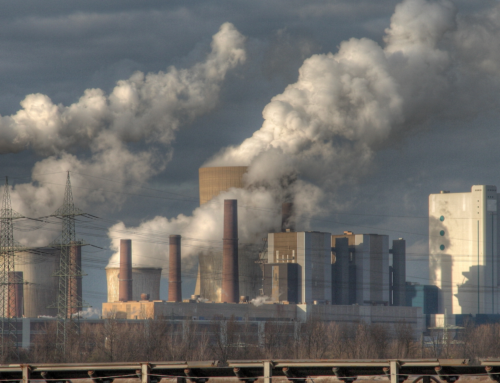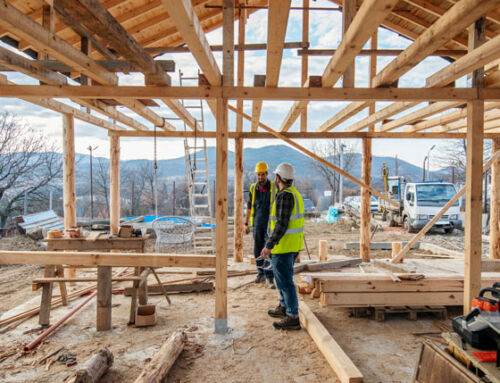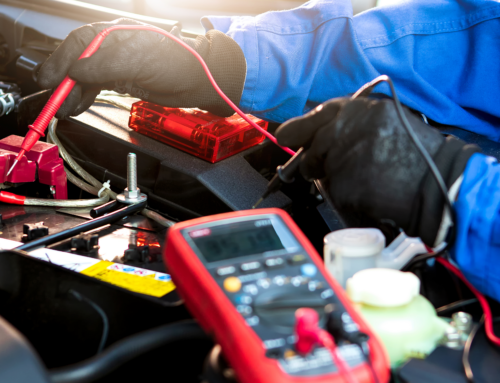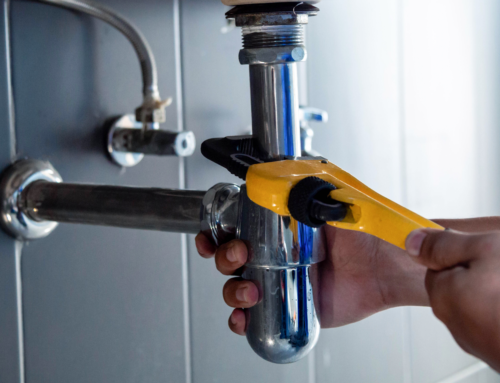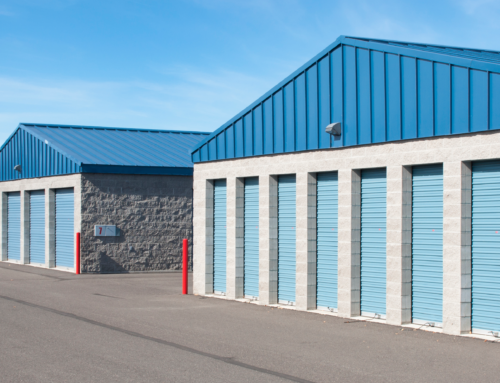The use of open-flame and spark producing devices for welding, cutting, and other hot work can be dangerous – potentially leading to fire damage or injury. Tasks such as welding, brazing, cutting, and soldering pose a great fire hazard since sparks and molten material, which reach temperatures greater than 1000°F, can easily travel more than 35 feet.
Even though it can be dangerous, hot work is also an integral part of many businesses. If your business falls under this category, consider improving employee safety by setting up a hot work area and investing in proper hot work safety training with your staff.
What is hot work?
Hot work includes, but isn’t limited to, any work that involves operations including cutting, welding, brazing, soldering, grinding, thermal spraying, the installation of torch-applied roof systems, or any other similar activity.
Hot work safety tips
When you or your employees are engaging in hot work, safety is of the upmost importance. Here are some safety tips to help mitigate the risk of fire damage or injury:
- Consider investing in seamless, sealed, non-combustible walls and floors, as these will help prevent sparks from escaping the hot work area.
- Always keep a serviced fire extinguisher close by your workstations and train staff on how to properly use it.
- Keep flammable liquids and combustibles as far away from the hot work areas as possible or shield the area with flameproof covers or curtains that extend to the ground.
- Use thermal barriers to protect flammable liquids and combustibles that can’t be removed.
- Cover all floor and wall openings close to the hot work area with non-combustible materials to prevent the passage of sparks or hot slag.
- Sweep the surrounding area before hot work is performed and wet the floors if they’re combustible.
- Make sure no one is ever performing hot work alone in the shop.
- Remember to conduct a final inspection of the hot work area after the completion of any work, to make sure all tools and equipment are off. Regularly maintain and clean the area to keep it in proper working order.
- Provide personal protective equipment (PPE) to any employees in the hot work area.
- Don’t perform any other tasks that create flammable vapours or combustible dust while hot work is taking place – even if it’s well away from the hot work area.
- Install welding curtains, screens, and an exhaust system, if necessary.
Additional hot work safety measures
Create a hot work program
Establishing firm policies and guidelines on hot work safety can help keep your staff safe while engaging in hot work, and make it easier for new employees to learn safety techniques. It can be a part of your general safety or loss prevention program.
Consider implementing the safety precautions below with all employees:
- Avoid tasks that create flammable vapours or combustible dust while hot work is taking place.
- Stop all hot working activity 30 minutes before lunch, breaks, and the end the of day.
- Conduct a fire watch for a minimum of 60 minutes after completing hot work.
- Post a checklist of key safety tips for employees to refer to in an accessible place.
Make sure you’re covered for hot work risks
Accidents can happen! Despite your best efforts and preparation, your business could still fall victim to a fire. That’s why it’s important to invest in comprehensive coverage. Learn more by visiting our Construction and Contractor’s Insurance Page today!
This blog is provided for information only and is not a substitute for professional advice. We make no representations or warranties regarding the accuracy or completeness of the information and will not be responsible for any loss arising out of reliance on the information.
